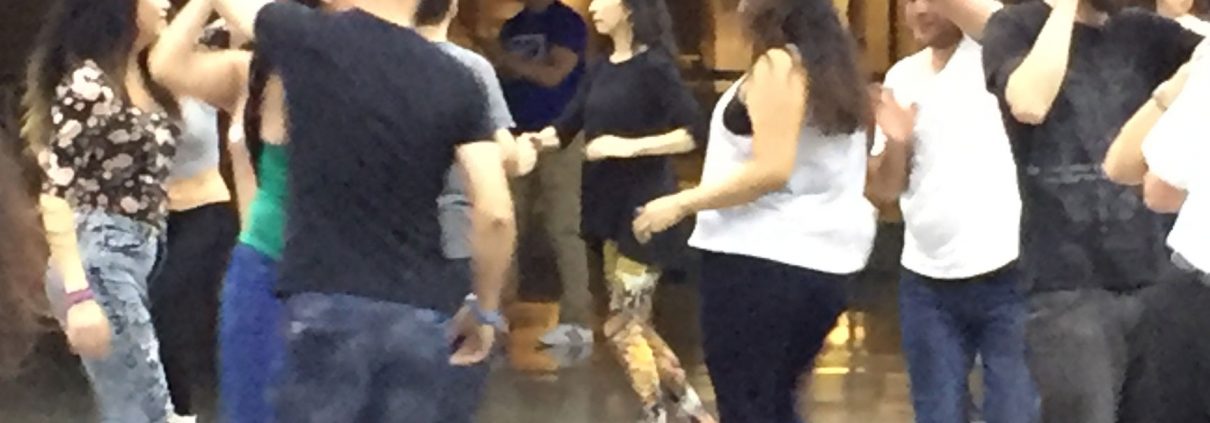Why dancing? And what kind of dancing?
Why dancing?
We immediately ask two questions:
- Why is dancing better than other activities for improving mental capabilities?
- Does this mean all kinds of dancing, or is one kind of dancing better than another?
The essence of intelligence is making decisions. The best advice, when it comes to improving your mental acuity, is to involve yourself in activities which require split-second rapid-fire decision making, as opposed to rote memory (retracing the same well-worn paths), or just working on your physical style.
One way to do that is to learn something new. Not just dancing, but anything new. Don’t worry about the probability that you’ll never use it in the future.
Take a class to challenge your mind. It will stimulate the connectivity of your brain by generating the need for new pathways. Difficult classes are better for you, as they will create a greater need for new neural pathways.
Then take a dance class, which can be even more effective. Dancing integrates several brain functions at once — kinesthetic, rational, musical, and emotional — further increasing your neural connectivity.
What kind of dancing?
Do all kinds of dancing lead to increased mental acuity? No, not all forms of dancing will produce the same benefit, especially if they only work on style, or merely retrace the same memorized paths. Making as many split-second decisions as possible, is the key to maintaining our cognitive abilities. Remember: intelligence is what we use when we don’t already know what to do.
We wish that 25 years ago the Albert Einstein College of Medicine thought of doing side-by-side comparisons of different kinds of dancing, to find out which was better. But we can figure it out by looking at who they studied: senior citizens 75 and older, beginning in 1980. Those who danced in that particular population were former Roaring Twenties dancers (back in 1980) and then former Swing Era dancers (today), so the kind of dancing most of them continued to do in retirement was what they began when they were young: freestyle social dancing — basic foxtrot, waltz, swing, and maybe some rumba and cha cha.
If you watch dancers on a dance floor, you almost never see memorized sequences or patterns on the dance floor. You mostly see easygoing, fairly simple social dancing — freestyle lead and follow. But freestyle social dancing isn’t that simple! It requires a lot of split-second decision-making, in both the Lead and Follow roles.



